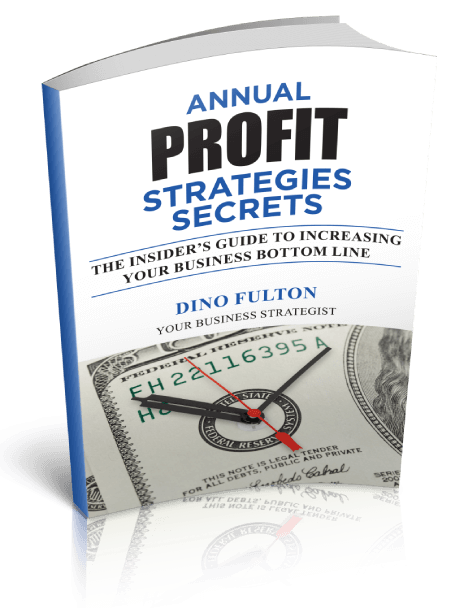The biggest area of turn-key businesses is franchises. There is a franchise for ever industry in the world and they are fairly easy to acquire and come with pre-packaged, easy-to-assemble system. McDonald’s is a prime example. In fact, a 12-figure, 38,000 franchises example.
There are a few things we are going to talk about:
- Business Format Franchise
- The Franchise Prototype
- Franchise Prototype Standards
Business Format Franchise
The business format franchise came from an earlier model call the “trade name” franchise. The big change was in the rights. During the “trade name” days the franchise owner only had marketing rights; now franchise owners have owning rights to the entire business including systems. This has allowed for a shift in focus to go from the quality and name recognition of the products carrying the business to sales techniques that carry the business.
The Franchise Prototype
It was really the franchise prototypes that allowed for the changes to be made that help today’s franchises really shine with the techniques developed by the owners instead of the corporation. This can make a significant difference in the success of the franchise as the owner can custom tailor their marketing and promotions to the direct needs of their local target customers.
Franchise Prototype Standards
Now, the above being said, no one in their right mind would purchase a franchise if the parent company didn’t have a solid plan of action set up to ensure the prospective success of the business. So, there are a few standards that are put into place that helps jump start the process of opening a successful franchise.
Build model of prospective customers/clients, suppliers, creditors and employees who will consistently offer high quality work.
- Build a user-friendly model that can be used by individuals of any skill set.
- Build a defect-free model.
- Build a model with Operations Manuals.
- Build a model that will provide guaranteed, consistent results.
- Build a model that encompasses the same branding in color, dress and facilities codes.
These are all ways the parent corporation makes sure their brand stays the same and in the front of the minds of customers. When you are purchasing a widely-known brand, you will attract customers just for being you.
If you are considering purchasing a franchise, talk with one of our experienced business coaches during our FREE test drive.



